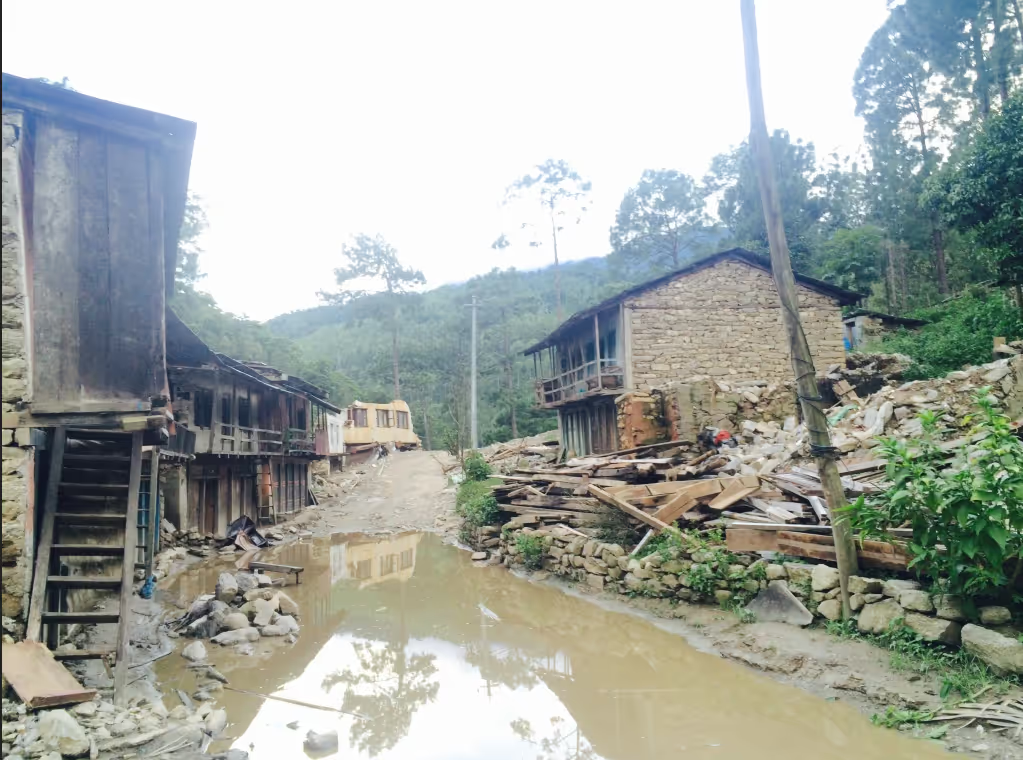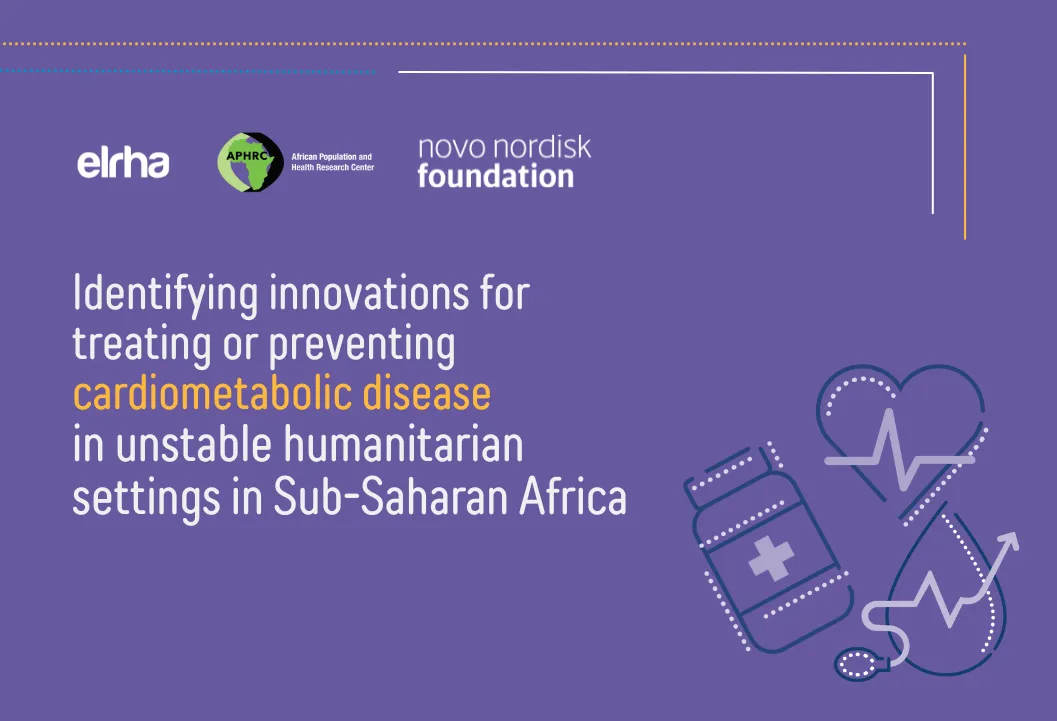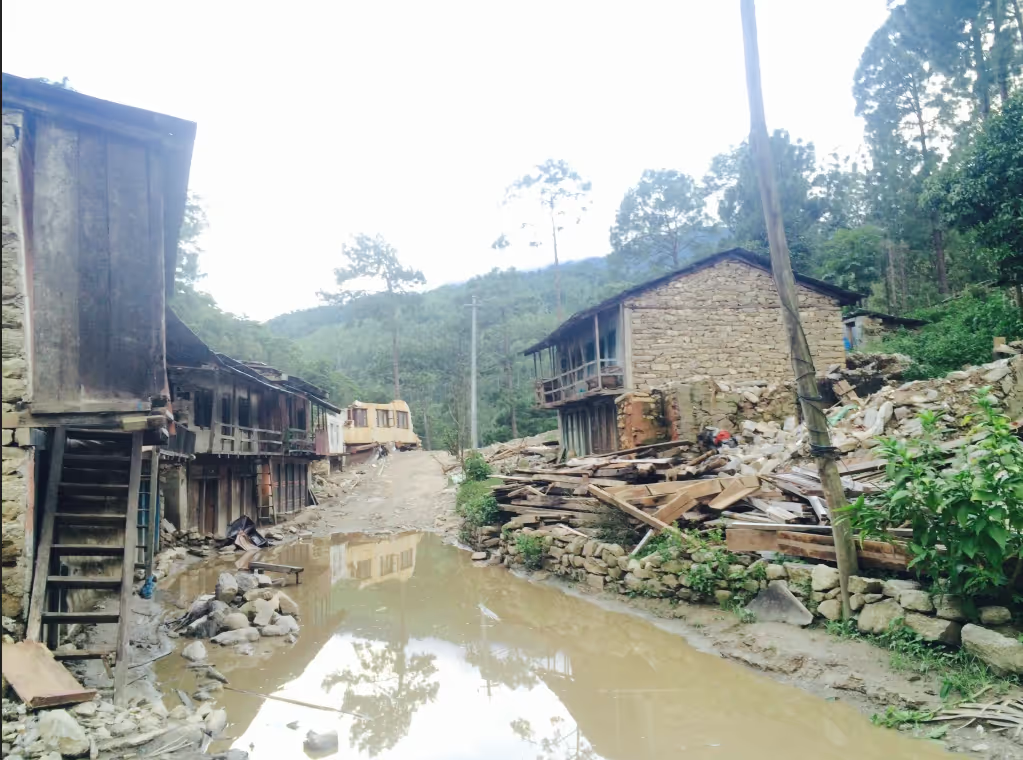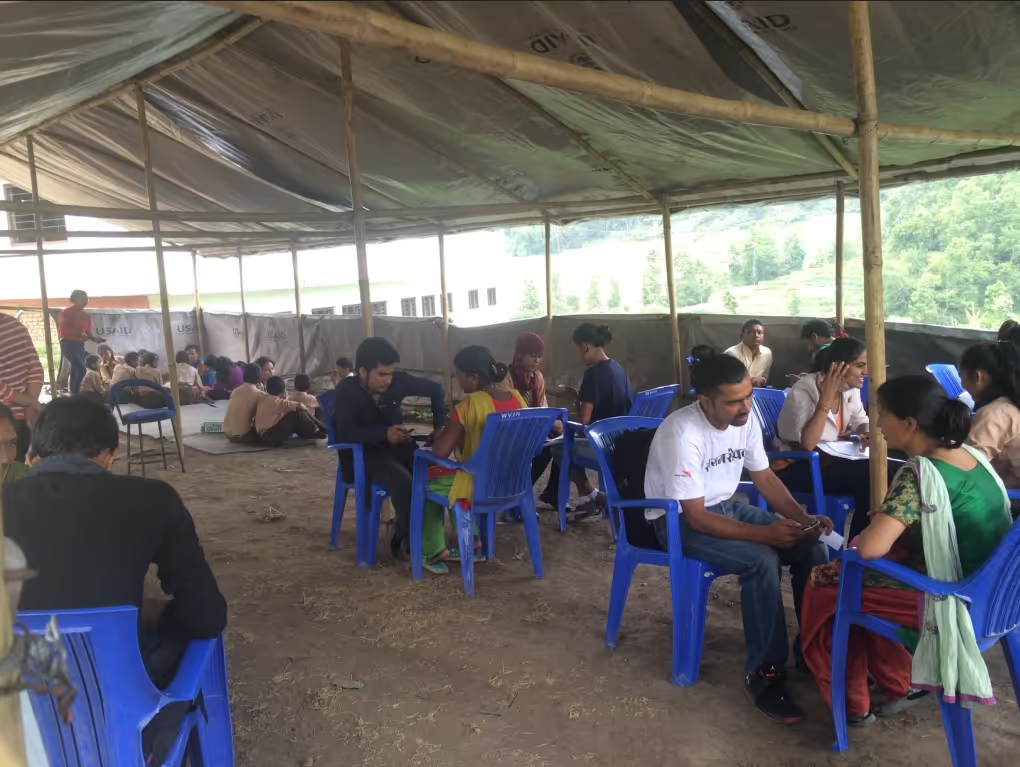Nepal - Challenges of collecting data in a post-earthquake environment
18
January
2016
Type
Grantee insights
Area of funding
Humanitarian Research
Focus areas
No items found.
Year

Return home post-earthquake, Kathmandu.
Pre-earthquake I had the same story every time I visited in the past 8 years - the story about the struggles of catching up with its pace, and its social and cultural glitches, hiked up prices of taxi fares, traffic jams, and general political strikes, yet with the relief of being home.
It was different post-earthquake. Nepal had suffered two high magnitude earthquakes in less than a month. Media coverage had showcased its destruction and travel advisers were enlisted to limit the voyeurs that were not professionally sanctioned. The vulnerability had escalated exponentially in all facets of life. The economic and political instability of the country was, now, old news, yet had higher impact given the circumstances.
The 8,000 lives lost during the disaster was a tragedy as the survivors continue to struggle in its aftermath. Broken houses, rubble on sidewalks and cracks on every building, amidst the fear of re-occurring aftershocks, had a negative effect on people of the capital and the nation at large. Every conversation started with earthquake, and its impact.
Yet, a lot of things remain unchanged. The Himalayan countryside is still extremely beautiful with the mountainous skyline and wonderfully hospitable charm. The cities with old temples still exhibit the richness of culture and heritage. The places remain shaken, but people’s values and hopes are stronger than ever. The tales of their resilience can’t be mentioned enough. My excitement of going back also remained the same, and experience lived up to expectations.
But, also evident is the limitation in my imagination of life outside Kathmandu.Return home post-earthquake, Kathmandu.
Pre-earthquake I had the same story every time I visited in the past 8 years - the story about the struggles of catching up with its pace, and its social and cultural glitches, hiked up prices of taxi fares, traffic jams, and general political strikes, yet with the relief of being home.
It was different post-earthquake. Nepal had suffered two high magnitude earthquakes in less than a month. Media coverage had showcased its destruction and travel advisers were enlisted to limit the voyeurs that were not professionally sanctioned. The vulnerability had escalated exponentially in all facets of life. The economic and political instability of the country was, now, old news, yet had higher impact given the circumstances.
The 8,000 lives lost during the disaster was a tragedy as the survivors continue to struggle in its aftermath. Broken houses, rubble on sidewalks and cracks on every building, amidst the fear of re-occurring aftershocks, had a negative effect on people of the capital and the nation at large. Every conversation started with earthquake, and its impact.
Yet, a lot of things remain unchanged. The Himalayan countryside is still extremely beautiful with the mountainous skyline and wonderfully hospitable charm. The cities with old temples still exhibit the richness of culture and heritage. The places remain shaken, but people’s values and hopes are stronger than ever. The tales of their resilience can’t be mentioned enough. My excitement of going back also remained the same, and experience lived up to expectations.
But, also evident is the limitation in my imagination of life outside Kathmandu.Clambering uphill, the beauty and struggles of rural Nepal
Life in rural Nepal is much more beautiful and twice as difficult. The rural parts lie northeast of Kathmandu, closer to the Himalayan range. The roads that take you to the picturesque mountainside go through hills and valleys. Some are so high that you are amongst the clouds with the timid mountains beneath you.
Growing up, I had always wanted to visit these places, hike up to the mountains, meet the people who lived so far from the capital. I finally got a chance to do this during data collection for the Child Friendly Space (CFS) inter-agency evaluation.
In the villages of Dolakha and Sindhupalchowk, electricity or shortage of petroleum products, and hiked up prices of everyday consumables weren’t the issue. It’s about basic needs for sustenance, dependent on agricultural products, farmlands, and livestock. Half of the CFSs to be evaluated were located in the villages of these two districts. After visiting these places for surveys, we could grasp the urgency of the situation and the logistical nightmare of distributing relief materials and setting up the CFSs.
The villages lie up in the hills, only accessible by dirt-roads. Once the monsoon season came, these villages were only reachable on foot. The situation was made worse by the aftershocks that caused the risk of landslides in mountain roads. Getting to the villages where the CFS were set up required will, endurance, and motivation, apart from being qualified for the job, for us city dwellers.
We had to reconsider our plans every time we went for data collection. Dolakha was the most difficult and a perfect example. We had planned to do surveys in 5 villages, we could only finish two. Due to flooded roads the challenges peaked we had to hike uphill for 5 hours with limited time to finish the surveys and head back, and with a large team to accommodate for.
In the end, this work has been an exciting and fulfilling achievement for me that made up for all the struggles.
Personally, it changed my perspectives of life, about its simplistic view for sustenance. People have come out of the tragedy with such strength, in both urban and rural areas, that they are more prepared now than ever. Their resilience inspired me, and their hopes motivated me. The act of kindness, in Kathmandu and Dolakha, revealed their true values.
Professionally, it provided a meaning for the real purpose behind the research project, was so much more revealing than the mere statistics. Without direct exposure to the field, and interaction to the community members, the picture wouldn’t have been clear. It gave a sense of purpose to reach out to evaluate the situation for children following the earthquake. With different assessment tools and focus group discussions, we were successful in documenting the condition of the program in several locations and bringing us one step closer towards evidence-driven interventions.
By Suvekshya Aryal
No items found.
Stay updated
Sign up for our newsletter to receive regular updates on resources, news, and insights like this. Don’t miss out on important information that can help you stay informed and engaged.
Related articles
all latest news

Elrha insights
Integration, inclusion, and innovation: What we learned at the 2025 International Conference on Family Planning
.png)
Elrha insights
Equitable NCD care in humanitarian settings: research and innovation on the road to the UN high-level meeting

News
Call for innovations: Identifying solutions for cardiometabolic disease management or prevention in humanitarian settings in Sub-Saharan Africa
Explore Elrha
Learn more about our mission, the organisations we support, and the resources we provide to drive research and innovation in humanitarian response.


